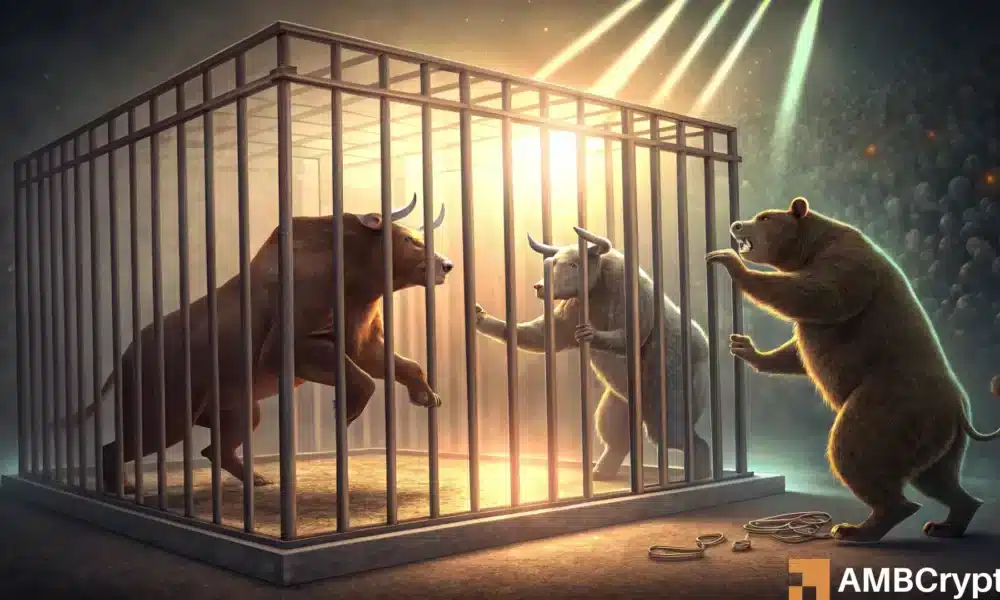Tim Beiko’s Explanation on Why an ETH Network Rollback is Impossible: A Simplified Understanding
In a recent development, Tim Beiko, a lead developer at the Ethereum Foundation, has addressed the ongoing discussion about the proposed plan to rollback the Ethereum (ETH) network. In a concise yet informative manner, Beiko aimed to clarify the situation for the non-technical community members.
The Concept of a Rollback
Before delving into the reasons why a rollback is impossible, let’s first understand what a rollback is. In simple terms, a rollback refers to the process of reversing the transactions that have been added to the blockchain. This concept is often raised during situations where there are malicious transactions or attacks on the network.
Why a Rollback is Impossible on ETH
Beiko began his explanation by acknowledging the complexity of the issue. He emphasized that the Ethereum network is decentralized, meaning that no single entity has control over the entire network. Thus, attempting a rollback would require a consensus among the majority of the network participants.
The Inevitability of Block Confirmations
Beiko explained that once a block is added to the Ethereum blockchain, it becomes part of the permanent record. Transactions within a block are confirmed through a process called mining, which involves solving complex mathematical problems. Once a block is mined and added to the blockchain, the transactions within it are considered confirmed.
A rollback would essentially mean undoing these confirmed transactions, which is a significant challenge. Beiko likened it to trying to edit a physical book after it has been published and distributed to numerous people. It’s not feasible and goes against the core principles of a decentralized blockchain.
The Role of Miners in the Network
Beiko further explained that miners play a crucial role in the Ethereum network. They validate transactions and add them to blocks. In return, they are rewarded with Ether (ETH). If miners were to rollback the blockchain, they would be essentially invalidating their own work and the work of other miners, which goes against their financial interests.
The Impact on Users and the World
Now that we understand why a rollback is impossible on Ethereum, let’s discuss the potential impact on users and the world.
Users
For individual users, the impossibility of a rollback means that once they have sent a transaction, it is irreversible. This is a fundamental aspect of blockchain technology and is one of the reasons why it is considered secure. It also means that users need to be extra careful when initiating transactions, ensuring they are sending them to the correct addresses.
The World
On a larger scale, the impossibility of a rollback has significant implications for the world. It reinforces the trust and security that blockchain technology offers. It also highlights the importance of decentralization and the need for a consensus-driven network. This is particularly crucial as more industries and applications adopt blockchain technology.
Conclusion
In conclusion, Tim Beiko’s explanation on why a rollback is impossible on the Ethereum network provides valuable insights for both the technical and non-technical community members. It reinforces the security and trust that blockchain technology offers and underscores the importance of decentralization and consensus-driven networks. As the adoption of blockchain technology continues to grow, understanding these fundamental concepts is essential.
- A rollback is the process of reversing transactions on the blockchain.
- A rollback is impossible on Ethereum due to its decentralized nature and the concept of block confirmations.
- Miners play a crucial role in validating transactions and adding them to blocks.
- The impossibility of a rollback has significant implications for users and the world, reinforcing the security and trust that blockchain technology offers.





